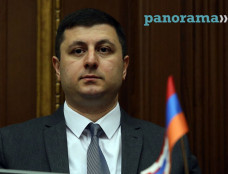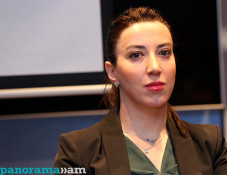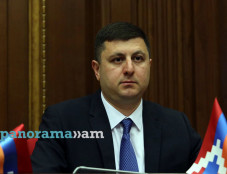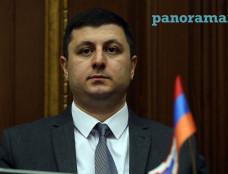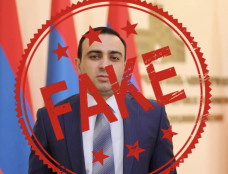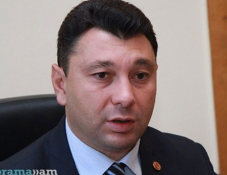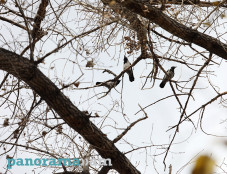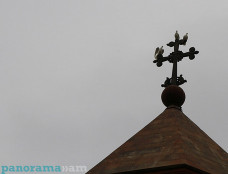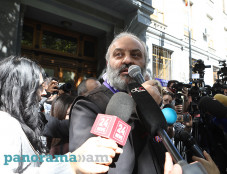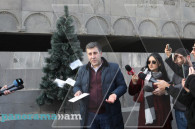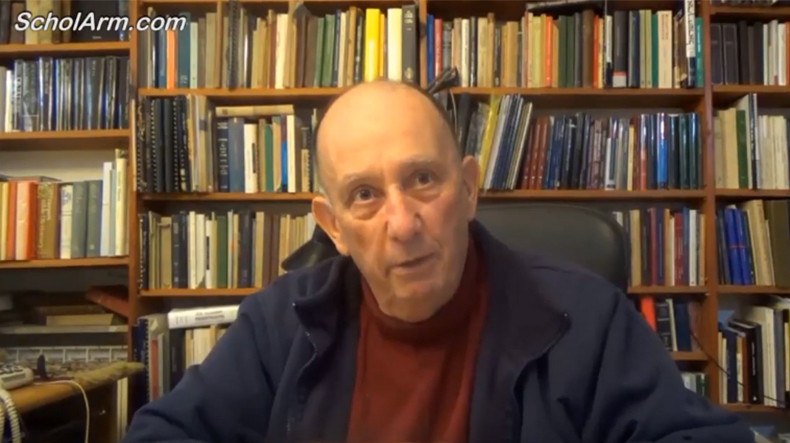
Jewish Armenologist Michael Stone on Armenian culture and unique archaeological discoveries
“When I was doing my PhD I started to learn Armenian. I [also] learned to have great affection for the Armenian people and its creativity. I liked it… I learned to value the music and art through my wife”, – says in the video interview to ScholArm Dr. Michael Stone professor of Armenian studies at Hebrew University of Jerusalem who has devoted many years of his life to studying Armenian history and culture; he has authored over 40 books and 400 articles, most of which are on Armenian topics.
He has done many studies of stories related to the Bible in Armenian, about which he says,
“There is an enormous literature of Armenian biblical stories that are not in the Bible but are told retelling the Bible stories. I have recently published a book in Yerevan of texts of this sort, published by Matenadaran [Armenian manuscript museum]”.
Apart from being a scholar and historian Dr. Stone is also a poet and has translated a good deal of medieval Armenian poetry into English, including such work as Adamgirk of Armenian philosopher Arakel Syunetsi.
Dr. Stone also has a great interest in Armenian epigraphy and has himself made discoveries of old Armenian inscriptions.
“I had the great fortune in the late 1970s and early 1980s to work in the Sinai desert. We did find extremely old Armenian inscriptions, not just on Mount Sinai but also in various stopping places in the desert. They were dated archeologically probably between 430 and 440, which means they were written in all likelihood when St. Mesrop Mashtots was still alive”, – he says.
On the pages of one of his books he shows the oldest Armenian writing (inscription) which is an Armenian name written in Armenian alphabet.
“[Those who wrote these names] were in Nazareth, in the Church of Annunciation; then they went to Mount Sinai and wrote their names in both places. The Latins built a new basilica and they found stones underneath, below a mosaic floor that was damaged in an earthquake. We know that there was an earthquake in the middle of the fifth century, in the year 447; so anything under that floor is older than 447. This was quite an extraordinary discovery”, – he says, adding that the director of the archaeological institute of the Armenian academy told him they didn’t have anything of this age.
He has also discovered a special dialect of Armenian that was spoken by the people in Jerusalem who were called gaghatsiner – old Armenian families.
Dr. Stone also speaks about the discovery of a Jewish cemetery in Armenia. Near the village of Yeghegis together with the primate of Vayots Dzor Bishop Abraham Mikirdichian they discovered a cemetery which had inscriptions in Hebrew and Aramaic dating back to the 13th century.
“So there was a Jewish community in Yeghegis for at least 100 years who were buried and who were rich enough to leave gravestones, like the family Orbelian cemetery... This is important, for [we discovered that] there was a Jewish settlement in Armenia in the 13th century. Those people came from Iran... We know from Stepanos Orbelian that there were also Jews in Kapan. So there is a lot of evidence”, – he says. They are currently preparing a book on the history of Jews in Armenia together with philologist Aram Topchyan.
Speaking about the Armenian Genocide Dr. Stone says, “I as a human being am profoundly committed to recognition and restitution of the Armenian Genocide… [The recognition of the Armenian Genocide] is important for any human being first of all. Second, I think we underwent the same thing... It was Genocide and we should recognize it – it is just a moral imperative… When you think of the riches that the people had produced… I was in Istanbul (Constantinople we say) some years ago, and I saw the chemaran [academy] in which the great Armenian linguist Acharyan studied. It was a great culture – music, food, language and dialects”.
There are Armenian classes currently held in Hebrew University of Jerusalem; the program has about 30 students. Dr. Stone used to teach Armenian and also Medieval Armenian, and though he has retired he still continues to teach Grabar (Classical Armenian) for advanced students. His former student currently teaches Armenian as well. In the university they commemorate the date of the Armenian Genocide as an official university function.
They also often invite visiting professors of Armenian studies from abroad, among them Theo Van Lint (professor of Armenian literature at Oxford) and others.
Dr. Stone has been to Armenia for many times and visits annually to continue his work.
Newsfeed
Videos






